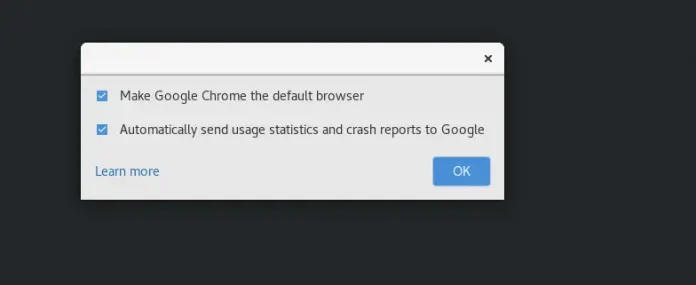Django is a high-level Python Web framework that encourages rapid development and clean, pragmatic design. Built by experienced developers, it takes care of much of the hassle of Web development, so you can focus on writing your app without needing to reinvent the wheel. It’s free and open source.
Refer to the following articles to check how to create a project and an app in Django.
In this article we will make a translator app using Django.
Installation
pip install django
Text translation from one language to another is increasingly becoming common for various websites as they cater to an international audience. The python package which helps us do this is called translate.
pip install translate
Then create new project
django-admin startproject translator
cd translator
Then create new app inside the project
python manage.py startapp main
Then add the app name inside the settings.py
views.py
Python3
from django.shortcuts import render,HttpResponse from translate import Translator # Create your views here. def home(request): if request.method == "POST": text = request.POST["translate"] language = request.POST["language"] translator= Translator(to_lang=language) translation = translator.translate(text) return HttpResponse(translation) return render(request,"main/index.html") |
Then create directory templates inside the app.
Inside that create new directory main
Create new file index.html
HTML
<!DOCTYPE html> <html> <head> <title>GFG</title> </head> <body> <form method="post"> {% csrf_token %} <input type="text" name="translate" required> <br> <select required name="language"> <option value="Hindi">Hindi</option> <option value="Marathi">Marathi</option> <option value="German">German</option> </select> <br> <button type="submit">Translate</button> </form> </body> </html> |
Then create new file urls.py inside the app
Python3
from django.urls import path from .views import * urlpatterns = [ path('',home,name="home"), ] |
Then add then main.urls inside url translator/urls.py
Python3
from django.contrib import admin from django.urls import path,include urlpatterns = [ path('admin/', admin.site.urls), path('',include("main.urls")) ] |
To run this app open cmd or terminal
python manage.py runserver
Output :-









